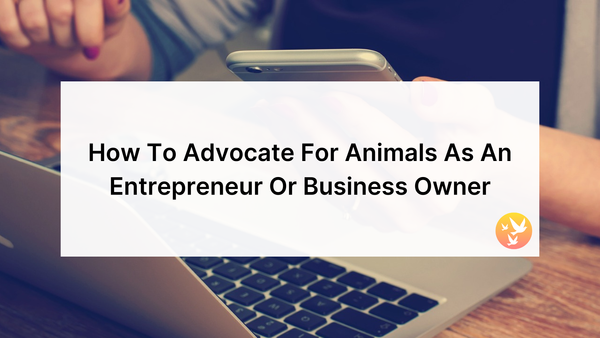When You're Facing Constraints
There are certain things that we are unable to do, unwilling to do, or simply don't want to do. Sometimes, we can view these as complete blockers from taking action: "I'm not comfortable having a 1-on-1 conversation about animal ethics with my father, so I guess I just won't do anything."
A more helpful approach is to instead view these dynamics as constraints: things to take into account when making a plan and taking action, rather than complete blockers to action.
We have two basic approaches we can take with constraints:
- "Go Through": Reduce the impact of the constraint. For example, you could train yourself to be more comfortable with the avoided action.
- "Go Around": Choose another path completely.
Sometimes one of these two approaches will be easier and more impactful than the other.
If you truly never want to go to an in-person protest or activism event, then scratch it off the list of possibilities completely, and figure out what else you can do. There are thousands of things you can do without ever going to a protest. Pick one of those instead.
And of course, sometimes you might choose to train yourself to become more comfortable with certain things. That path can be extremely valuable, as it might help you become a more skilled and versatile person who can have a greater impact.
But the big point is to not let constraints turn into barriers to taking action. You have countless possibilities for ways to help animals, and that remains true even after taking your constraints into account.
Find something that works for you, with your specific life and skills, with your specific interests, in your unique context and environment.
But keep moving forward, however you have to do it—that's the most important part.

